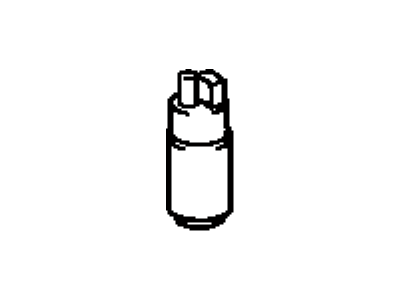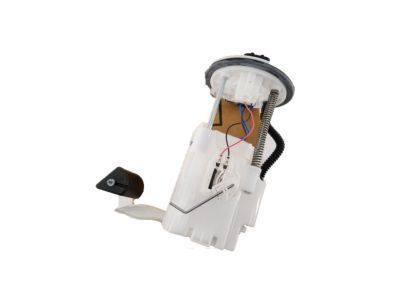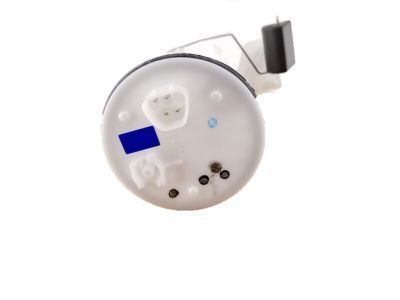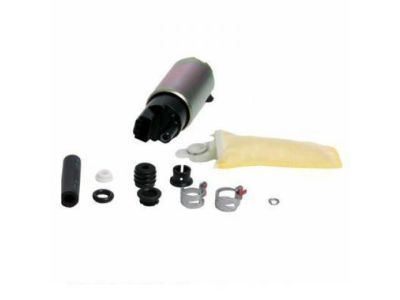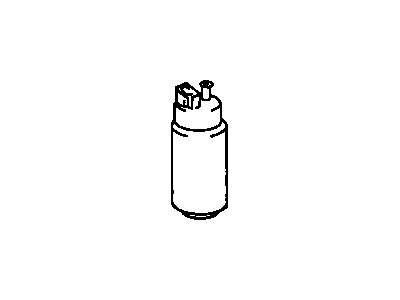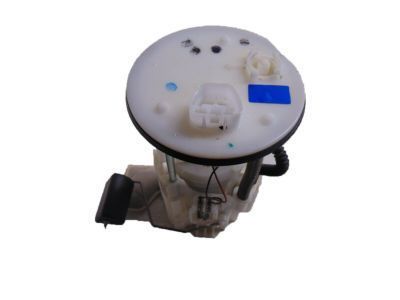

My Garage
My Account
Cart
Genuine Toyota Solara Fuel Pump
Gas Pump- Select Vehicle by Model
- Select Vehicle by VIN
Select Vehicle by Model
orMake
Model
Year
Select Vehicle by VIN
For the most accurate results, select vehicle by your VIN (Vehicle Identification Number).
5 Fuel Pumps found
Toyota Solara Electric Fuel Pump
Part Number: 23221-0A040$324.56 MSRP: $465.39You Save: $140.83 (31%)Ships in 1-3 Business DaysToyota Solara Fuel Suction Tube Assembly W/Pump & Gage
Part Number: 77020-06121$456.02 MSRP: $680.30You Save: $224.28 (33%)Ships in 1-3 Business DaysToyota Solara Fuel Pump Assembly
Part Number: 23221-03040$365.60 MSRP: $545.39You Save: $179.79 (33%)Ships in 1-3 Business DaysToyota Solara Fuel Suction Tube Assembly W/Pump & Gage
Part Number: 77020-06120$456.02 MSRP: $680.30You Save: $224.28 (33%)Ships in 1-3 Business Days
Toyota Solara Fuel Pump
The Toyota Solara Fuel Pump is very vital in supplying fuel to the engine so as to experience efficient combustion. It pumps fuel from the tank to the carburetor or the fuel injection system, and electric type is prevalently used in fuel injection. Fuel is delivered to carburetors due the mechanical pumps which are determined by the camshaft. In the case of performance fuel pumps, these are flow rated in gallons per hour (GPH) or liters per hour (LPH), and depending on the horsepower requirement, various types may be used. A mechanical pump used to be mounted at the engine as a standard, but electric pumps are present as they are more efficient and capable of handling much greater pressure. In summary, the Toyota Solara Fuel Pump is mandatory as it aids in efficient supply off fuel and regular operation of the vehicle's engine.
If you are in demand for superior quality and affordable OEM Toyota Solara Fuel Pump, then shop with us! We own a wide range of the reduced-priced genuine Toyota Solara Fuel Pump. You can purchase in confidence as all parts come with a manufacturer's warranty. Any issues with our products? No need to worry as we have a hassle-free return policy to guide you every step of the way.
Toyota Solara Fuel Pump Parts Questions & Experts Answers
- Q: What are the general checks for a fuel pump on 2002 through 2008 Toyota Solara?A:Before working on Solara models, make sure your Fuel Tank has enough fuel and inspect the fuel pump using the ignition key. Turn the key to ON to hear the fuel pump activate with a quick whirring noise for a few seconds. When no sound comes from turning the ignition on, look at the fuse situation in the engine compartment: examine IGN, EFI, C/OPN, and EFI relays and fuse. Look for voltage at the fuel pump connector whenever the ignition is running. If you find power there for two seconds, the fuel pump is bad; otherwise, the PCM may need repair. To measure fuel pump pressure, you must release any fuel system pressure, disconnect the fuel line from the Fuel Rail, then use a special tool to separate the fuel line's quick connecting fittings. Connect fuel pressure lines along with clamps from the fuel rail to the feed line, turn the car's ignition, and write down the pressure value shown on the gauge. The fuel pump runs for two seconds when you turn on the ignition. Afterward, the pressure stays constant while the pump is off. Kick the engine on and keep it running; the fuel pressure should hold at its correct level. Watch the gauge reading on the Fuel Pressure Regulator. Where it falls outside of allowed limits, the fuel pressure regulator must be replaced if your reading shows excessive pressure, while you must lookout for clogged filters or cracked fuel lines and test Fuel Injectors if reading is low. Keep replacing both parts if you're still experiencing low pressure so your car won't have ongoing issues. After checking fuel pressure, drop the gauge and remove pressure from the fuel system.


